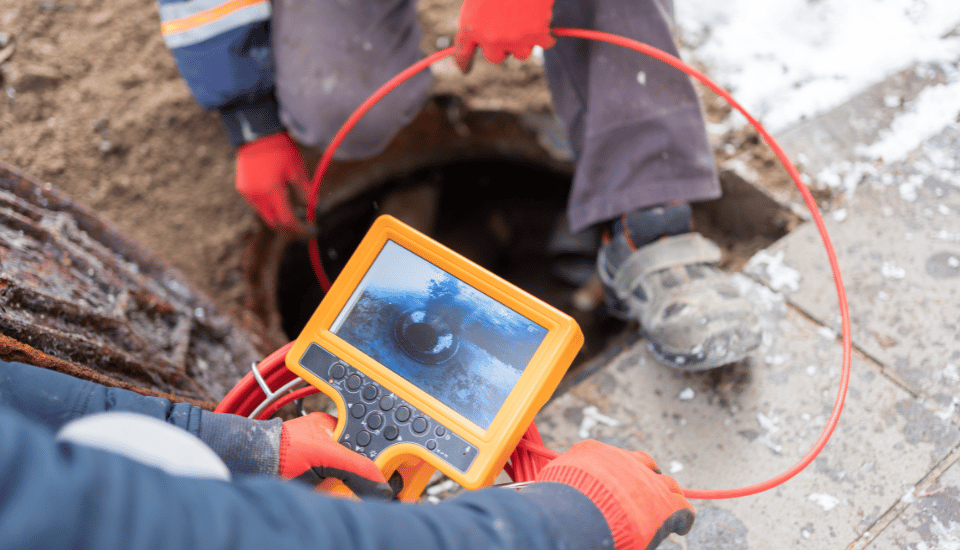When it comes to maintaining and managing sewer and storm drain systems, one of the most revolutionary advancements in recent years has been the use of video inspection technology. This powerful tool has completely transformed the way maintenance is conducted, allowing for a more efficient and effective approach to identifying and resolving issues.
The Basics of Sewer and Storm Drain Video Inspection
Sewer and storm drain video inspection involves the use of specialized cameras and equipment to visually inspect the interior of underground pipes and drains. These cameras are mounted on robotic crawlers or pushed through the pipes manually, capturing high-resolution video footage of the entire system.
The video footage is then transmitted in real-time to a monitor or recording device, allowing maintenance crews to closely examine the condition of the pipes and identify any signs of damage or blockage. This visual inspection provides a comprehensive and accurate assessment of the system’s overall health, enabling targeted maintenance and repairs.
Revolutionizing Maintenance Practices
The introduction of sewer and storm drain video inspection has revolutionized maintenance practices in several significant ways:
1. Early Detection of Issues
Video inspection allows maintenance crews to identify potential issues before they become major problems. By visually inspecting the interior of the pipes, they can spot signs of deterioration, cracks, tree root intrusion, or blockages that may impede the flow of water. Early detection enables preventive maintenance, reducing the likelihood of expensive repairs or system failures.
2. Accurate Diagnosis and Targeted Repairs
Visualizing the condition of the sewer and storm drain systems provides maintenance crews with an accurate diagnosis. Instead of relying on assumptions or guesswork, they can pinpoint the exact location and nature of the problem. This knowledge allows for targeted repairs, minimizing disruption and reducing costs.
3. Efficient Resource Allocation
Video inspection helps maintenance teams optimize their resources and prioritize tasks. By visually assessing the condition of the entire system, crews can identify areas that require immediate attention and allocate resources accordingly. This prevents wasting time and effort on unnecessary repairs, focusing efforts where they are most needed.
4. Enhanced Documentation and Reporting
With video inspection, maintenance crews can generate detailed reports and documentation of the system’s condition. The high-resolution video footage serves as visual evidence, supporting their findings and recommendations. This documentation is invaluable for regulatory compliance, insurance claims, and future maintenance planning.
5. Proactive Maintenance Planning
The ability to visualize the sewer and storm drain systems allows for proactive maintenance planning. By regularly inspecting the pipes, maintenance crews can identify patterns of deterioration or blockage and develop preventive maintenance schedules. This proactive approach reduces the risk of system failures and extends the lifespan of the infrastructure.
Conclusion
Sewer and storm drain video inspection has transformed the way maintenance is conducted, offering numerous benefits to municipalities, utility companies, and property owners. The power of visualizing the condition of underground pipes and drains cannot be overstated. It enables early detection of issues, accurate diagnosis, efficient resource allocation, enhanced documentation, and proactive maintenance planning. By harnessing the power of visual inspection, maintenance teams can effectively manage and maintain sewer and storm drain systems, ensuring the longevity and functionality of these critical infrastructure components.

